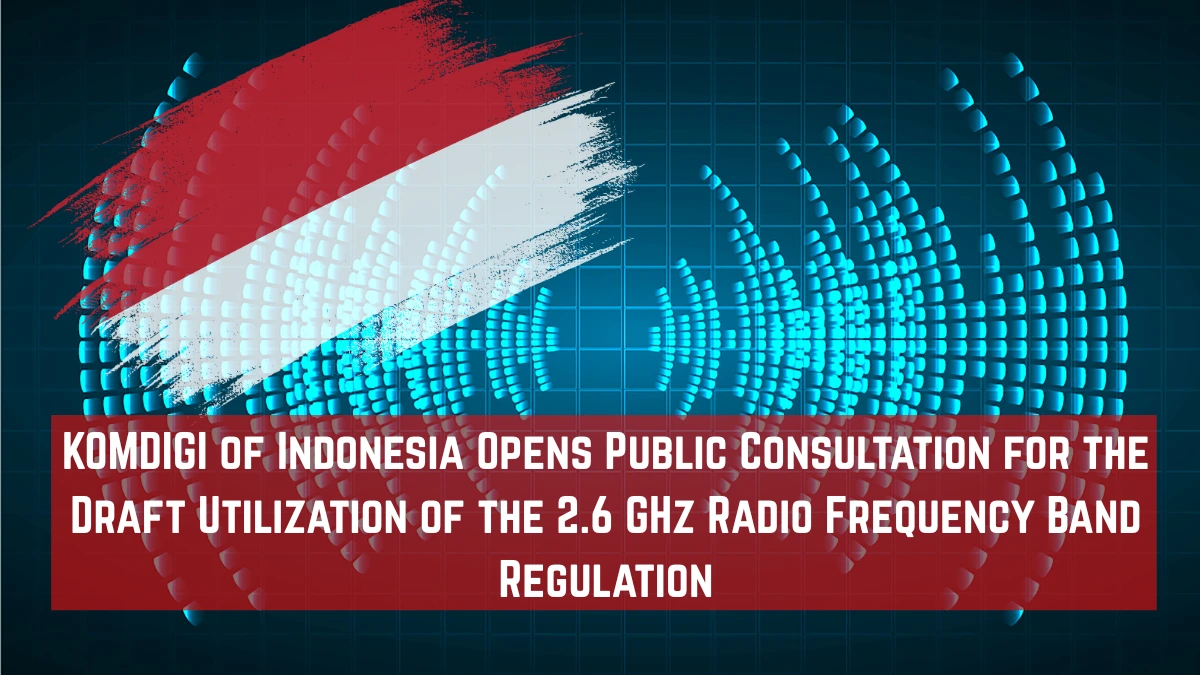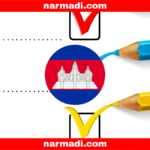The Ministry of Communications and Digital (KOMDIGI) of Indonesia plans to open a public consultation on the draft utilization of the 2.6 GHz Radio Frequency Band Regulation.
The plan to prepare the 2.6 GHz radio frequency band is urgently needed by Indonesia to enhance a better internet experience and improve the nation’s competitiveness, hence the open a public consultation on the draft utilization of 2.6 GHz Radio Frequency Band Regulation is important.
Public consultation for the plan to use the 2.6 GHz radio frequency band regulation requires public participation. This needs to be done because it has been regulated in the provisions of Law Number 12 Year 2011 on the Formation of Legislation and its Amendments.
Also Read
Table of Contents
Why does Indonesia need 2.6 GHz Radio Frequency Band Regulation?
Indonesia is currently ranked 9th out of 10 ASEAN countries with a mobile broadband download speed of 40.37 Mbps. This position means that Indonesia is still very behind compared to other ASEAN countries, both in terms of access (penetration) and quality (speed).
Seeing this, the addition of radio frequency bands for mobile broadband is needed in Indonesia. Therefore, KOMDIGI plans to prepare the 2.6 GHz radio frequency band to improve internet experience and increase the nation’s competitiveness.
What is the 2.6 GHz Radio Frequency Band?

The 2.6 GHz radio spectrum is a versatile frequency that is utilized for mobile telecommunications, satellite communications, and other wireless technologies. In the context of mobile, this frequency is popular because it offers an optimal balance between range and data rate.
The 2.6 GHz mid-band stands out with a capacity of 190 MHz and a Time Division Duplex (TDD)-based 4G/5G device ecosystem that is the second largest globally. This frequency is expected to improve the quality of broadband connectivity for 4G and 5G users.
What is KOMDIGI’s Design on the Use of the 2.6 GHz Radio Frequency Band?
This Draft Regulation of the Minister of Communication and Digital is made to support the improvement of broadband internet quality, especially in achieving the target of 100 Mbps mobile broadband access speed by 2029. This target is part of the priority program for radio frequency spectrum management listed in the RPJMN 2025-2029. This Draft Ministerial Regulation will regulate the following matters:
- Determination of the use of the 2.6 GHz radio frequency band in the range of 2500-2690 MHz with TDD mode for the implementation of mobile cellular networks;
- The right to use the 2.6 GHz radio frequency band is granted in the form of a radio frequency band license (IPFR) with a national service area.
- The right to IPFR holders in the 2.6 GHz radio frequency band to choose technology following IMT standards such as 4G/5G;
- The obligation of IPFR holders in the 2.6 GHz radio frequency band to use telecommunications equipment and/or telecommunications devices that meet technical standards, pay BHP IPFR, and fulfill other obligations following the provisions of laws and regulations; and
- Coordination obligations to mitigate potential harmful interference.
When is the KOMDIGI Public Consultation Held?

The public is given the opportunity to submit feedback on KOMDIGI’s Draft on the Use of Radio Frequency Spectrum in the 2.6 GHz Radio Frequency Band Regulation to improve the existing draft.
The public consultation has been opened, and will be held until May 26, 2025. The public can submit input or responses to KOMDIGI through electronic mail addressed to wija002@komdigi.go.id, leon005@komdigi.go.id, aria001@komdigi.go.id, and siti023@komdigi.go.id.









